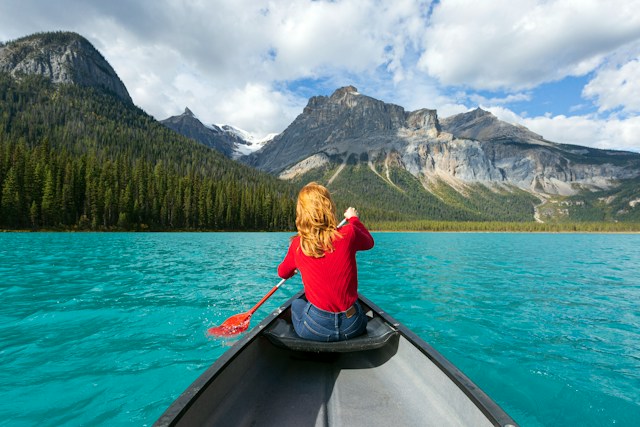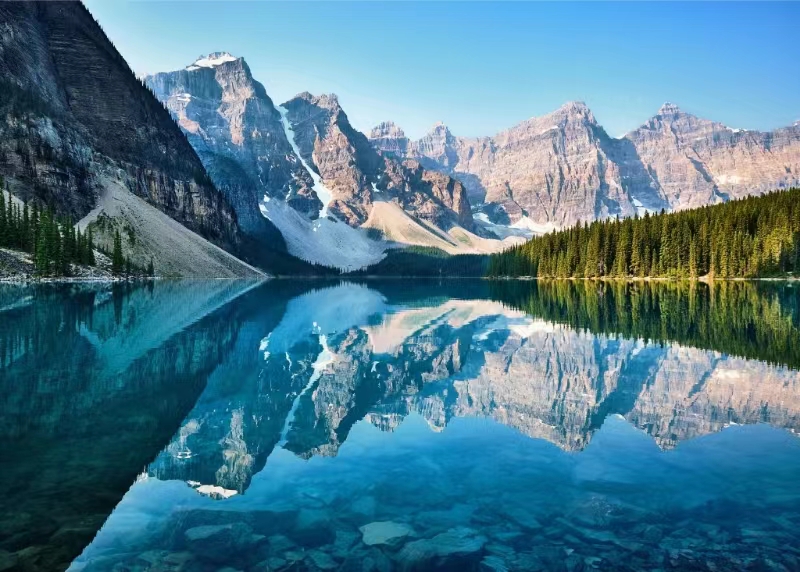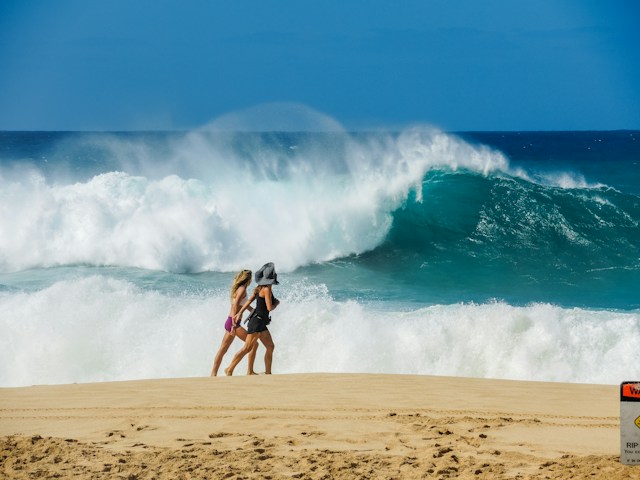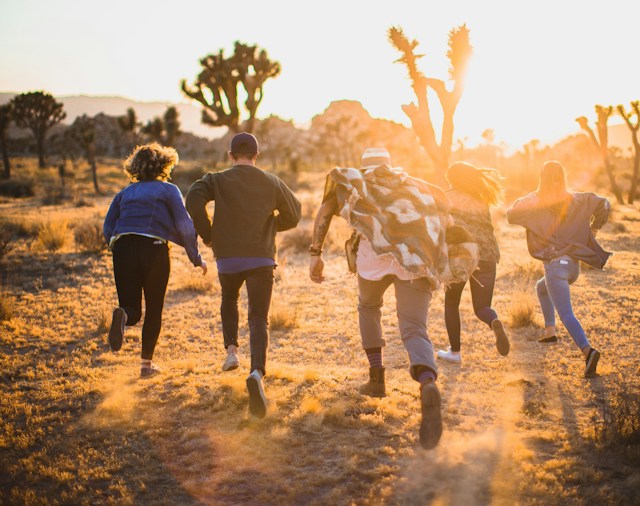Reasons to go
Banff National Park is undoubtedly ranked as the most popular destination in Canada by a large number of people. Canada’s first national park was established in 1885 and is a symbol of the country’s rich history as well as its natural beauty. It’s a wild, but generally reachable environment that aims to please everyone, from bus tour guests to ardent mountaineers, and for the most part succeeds in doing so.
There are several chances for animal viewing, hiking, canoeing, climbing, mountain biking, and skiing amidst the majestic mountains of Banff. It isn’t necessary to be an experienced outdoor enthusiast to appreciate Banff; even those who merely like to take in the scenery will be amazed by its breathtaking natural beauty. Tumbling alpine wildflower meadows, azure lakes (such as the well-known Lake Louise and Moraine Lake), and thick emerald woods vie for your gaze alongside rugged canyons.
The contrast between the wild and the refined is one of Banff’s greatest charms. While golfers clutch their nine irons and climbers fresh from summit efforts wait in line for ice cream, grizzly bears prowl about snarling close to diners sipping cocktails at the beautiful Banff Springs Hotel.
Past Events
Banff is a historical site unto itself. Before the park was established in 1885, First Nations peoples had lived in the area for 10,000 years. The oldest national park in Canada and the third oldest in the world is Banff National Park. Recording historical achievements and setbacks, Banff Town boasts a robust collection of four museums, almost unmatched for a “natural” national park.
Tickets and further useful information
Adults pay $10 to enter the park, seniors pay $8.70, families pay $20, and children under 17 enter free of charge. Fire permits, fishing permits, backcountry camping permits, and campsite usage all have extra costs. Visit the Banff National Park website to for the most recent fees.
In Banff National Park, camping
There are fourteen frontcountry campgrounds in Banff that accommodate campers, RVs, and tents. Although Tunnel Mountain Village Two and Lake Louise Trailer parks are open year-round, the majority are only open from approximately June to mid-September.
For Tunnel Mountain, Two Jack, Johnston Canyon, Lake Louise, and certain sites at Rampart Creek, bookings are accepted in advance. Every year in January, reservations can be made through the Parks Canada website for an additional C$11 over and above the standard camping rates. Reserve as long in advance as you can because these spots fill up quickly.
All other campgrounds have a first-come, first-served policy regarding campsite allocation. Therefore, the best approach to guarantee a spot is to arrive early (ideally around the official 11am checkout time) or inquire with park workers about which campgrounds are currently available. Additionally, Banff Park Radio (101.1FM) regularly broadcasts alerts about campgrounds that have spaces available. Staying put on weekends is a smart choice because locations are usually easier to get to during the week.
A maximum of six individuals can remain at a site for a maximum of 14 nights. In larger campgrounds, fees can be paid at the entry kiosk. In smaller campgrounds, however, you will need to self-register. To do this, first locate a vacant site, then proceed to the self-registration shelter. Make sure you fill out the appropriate forms, including your name, site number, license plate number, and length of stay, along with the applicable fees. If you arrive late, you can do this task in the morning; alternatively, staff members may stop by in the morning to personally collect your fees.
Campsites with fire pits are typically permitted to have fires; however, a fire permit (C$8.80, including wood) must be purchased at the campground gate. During arid times, keep an eye out for fire regulations.
Banff National Park lodging
Finding a spot to sleep in Banff Town can be difficult, even with an abundance of hotel rooms that could match a town three times larger. Rates are famously high, especially during the busiest season, and demand is extremely high. Many travelers opt to stay in neighboring Canmore, rent recreational vehicles, go camping, or stay in hostels in order to save money. Anywhere you want to stay, make reservations far in advance, particularly if you’re traveling in June, July, or August.





It looks and feels very beautiful, make sure to go there if there is a chance.
I enjoy the author’s sharing and feel like I have received guidance from an experienced traveler.
The travel tips at Banff National Park are very practical, allowing me to better experience the charm of nature.
Follow these tips to prepare for a trip and make my trip to Banff National Park more perfect.
I will keep these suggestions in mind and look forward to the next trip!
These tips made my trip to Banff National Park easier and more enjoyable, great!
Thank you for this travel tip, which made my trip to Banff National Park smoother and more fulfilling.
The natural scenery of Banff National Park is breathtaking, and these tips allow me to better appreciate the scenery.
These tips have helped me understand the travel tips for Banff National Park, which are very helpful.
Following these tips to plan my itinerary allowed me to spend an unforgettable time in Banff National Park.
Banff National Park is a tourist destination, and these tips are very practical, allowing me to enjoy traveling better.
Thank you for these tips, which made my trip to Banff National Park more enjoyable and safe.
The beautiful scenery of Banff National Park is intoxicating, and these tips make travel even more perfect!